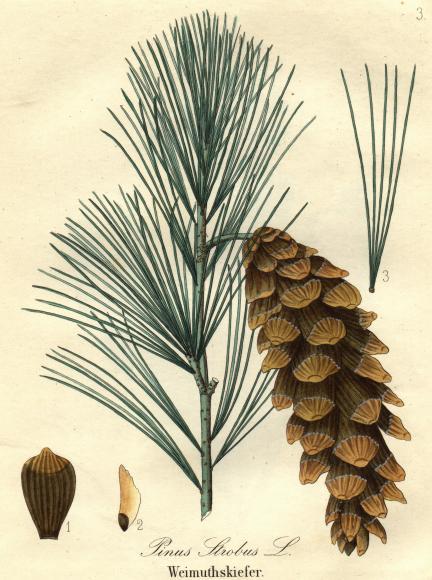Quote:
Originally Posted by jetlag100

Looking for someplace to go and learn how to identify trees...I have so many different kinds of trees on my property...lost a big one in the last storm, and have no clue what it is..anyone?
|
The most common "Big Ones" include Maple and Eastern White Pine.
White Pine was the predominant New Hampshire species before it was heavily cut down for ship- and house-building, beginning with the earliest North American settlers. Carpentry using White Pine lumber easily shows its superior characteristics.
Pull a lower branch down, and a white pine can be identified by its five leaflets. (
Five—for the five letters in "w-h-i-t-e"). The scarcer Red Pine has three leaflets for "r-e-d".

Then there's another "Big One", the Sugar Maple, which is very easy to identify and remember:

Some examples of "Big Ones" can be seen on the steepest slopes of Rattlesnake Island. The lower slopes were easiest for tree cutters of the last Century to reach, and has since evolved into hardwoods—(trees that drop their leaves in Autumn).
A Broads-side view of Rattlesnake Island shows the heights White Pines can achieve—which is 90-feet or greater.

Nearby Diamond Island has a large crop of the dwindling Red Pine—another "money crop".
An Autumn aerial photo will show how barren of White Pines it remains after their hardwood replacements have turned their leaves to brown. Here it can be seen where the
green white pines still remain: